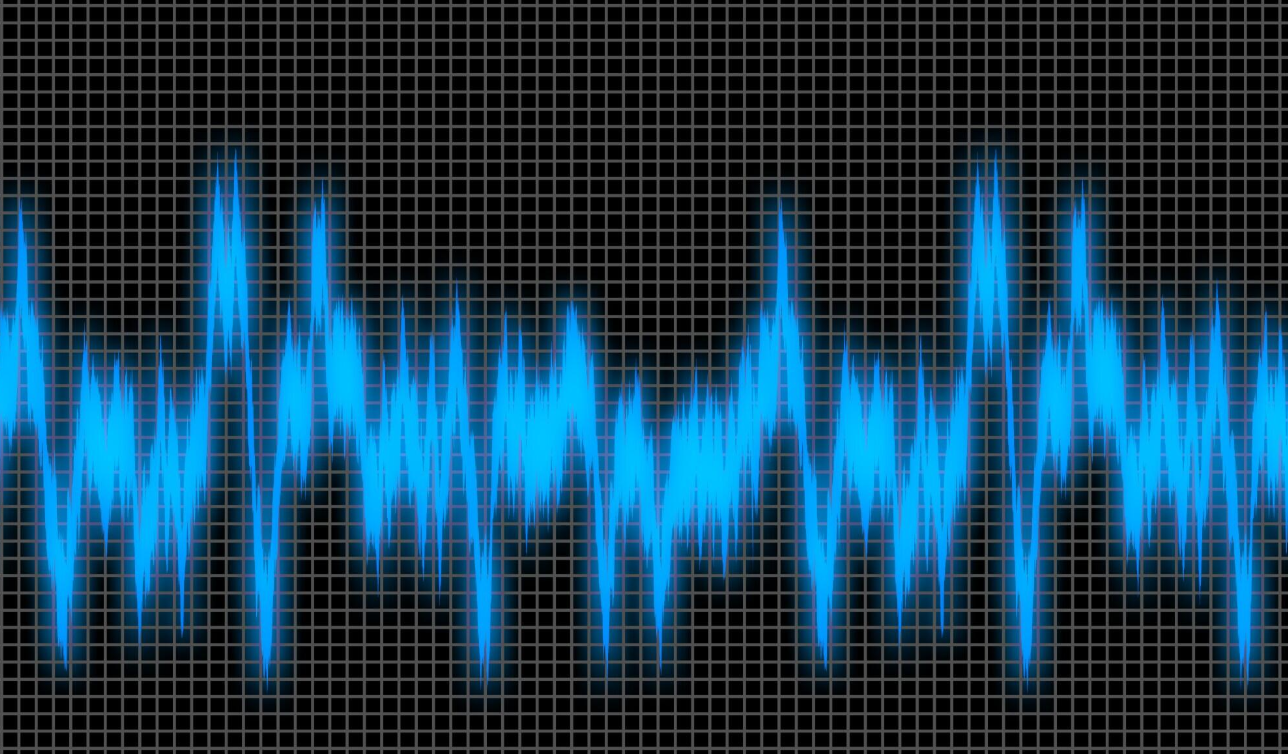Have you ever wondered why your lights flicker or why some devices use more energy than others? These small issues often point to a bigger story happening behind the scenes as power flows and behaves in your electrical system.
By understanding power analysis, you can learn how to use electricity more wisely, avoid costly mistakes, and keep things running smoothly.
This article breaks it down simply, so you don’t need to be an engineer to get the big picture.
Why Do We Analyze Power?
Power analysis helps check if an electrical system is working well. It can show where energy is being wasted. It can also help reduce costs.
It also helps prevent system failures. If a system is not balanced, it can cause damage or shutdowns.
Engineers often use power analysis to detect these issues early and understand system behavior under different conditions. It provides a clearer view of how each part of the system performs.
How Is Power Analysis Done?
Engineers use tools to measure power in a system. These tools record voltage, current, and power levels. The software can help analyze the results.
They also check for signs of trouble. They look for low voltage, power loss, or overloads. This helps them fix problems before they get worse.
Power Factor
The power factor shows how well a system uses electricity. A power factor of 1 means all the energy is used for work. A lower number means some energy is wasted.
Improving power factor makes a system more efficient. It reduces energy costs and helps equipment last longer. Engineers often fix low power factors by adding special devices.
Types of Loads
Loads are the devices that use electricity in a system. There are two main types of loads: resistive and inductive. Resistive loads use only real power, while inductive loads also need reactive power.
Understanding the type of load helps in designing better systems. Inductive loads, like motors, can affect power quality. Engineers plan for these to keep systems balanced.
Voltage Drops
Voltage drop means the voltage gets lower as electricity moves through wires. This happens when wires are too long or too small. It can make equipment run poorly.
Engineers measure voltage drops to make sure power stays strong. If the drop is too high, they may use thicker wires or shorter paths. This helps keep systems safe and steady.
Energy Efficiency
Energy efficiency means using less power to do the same work. It helps save money and lowers energy waste. Good design and regular checks improve efficiency.
Engineers look at how systems use power over time. They find areas that use more energy than needed. Then, they make changes to reduce that use.
See the Unseen Power of Electrical System
Power isn’t just about keeping the lights on-it’s about keeping everything working well, safely, and efficiently. When you understand how power behaves, you can make smarter choices and spot issues before they grow. That means saving time, money, and energy in the long run.
Even small steps in learning about your electrical system can make a big difference. The more you know, the more control you have over how your power works.
Did you learn something new from this article? If so, be sure to check out our blog for more educational content.











